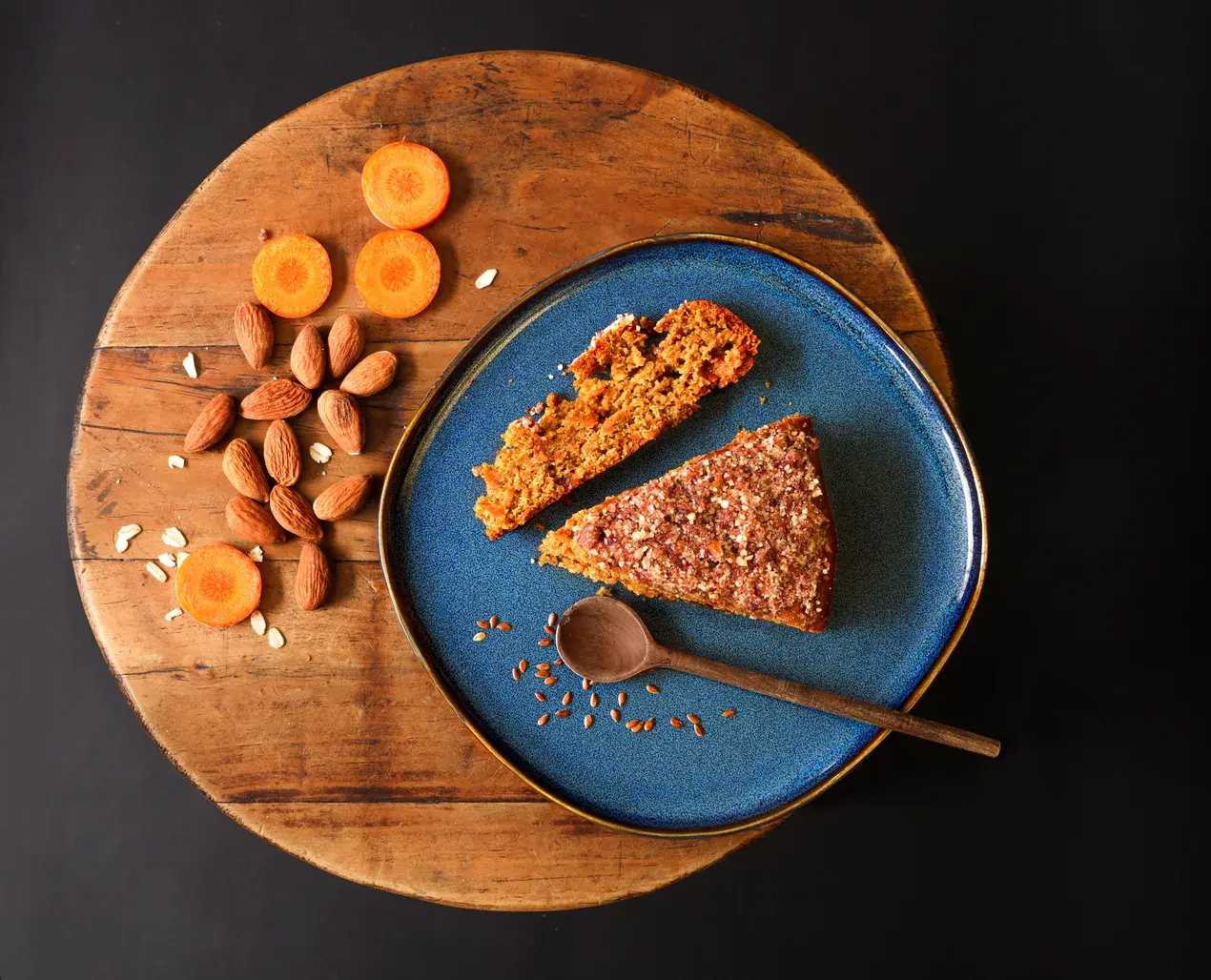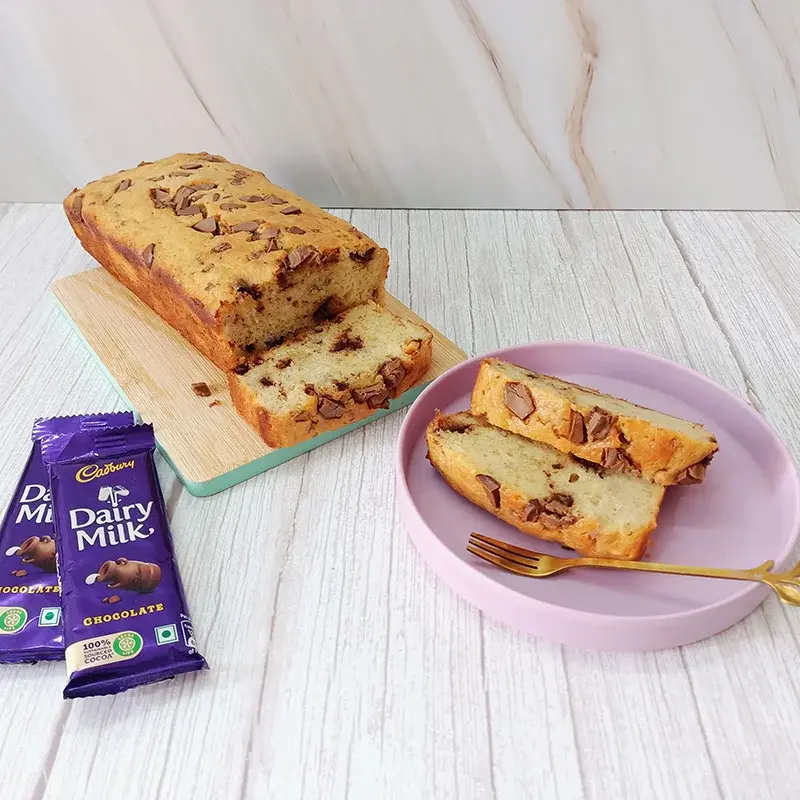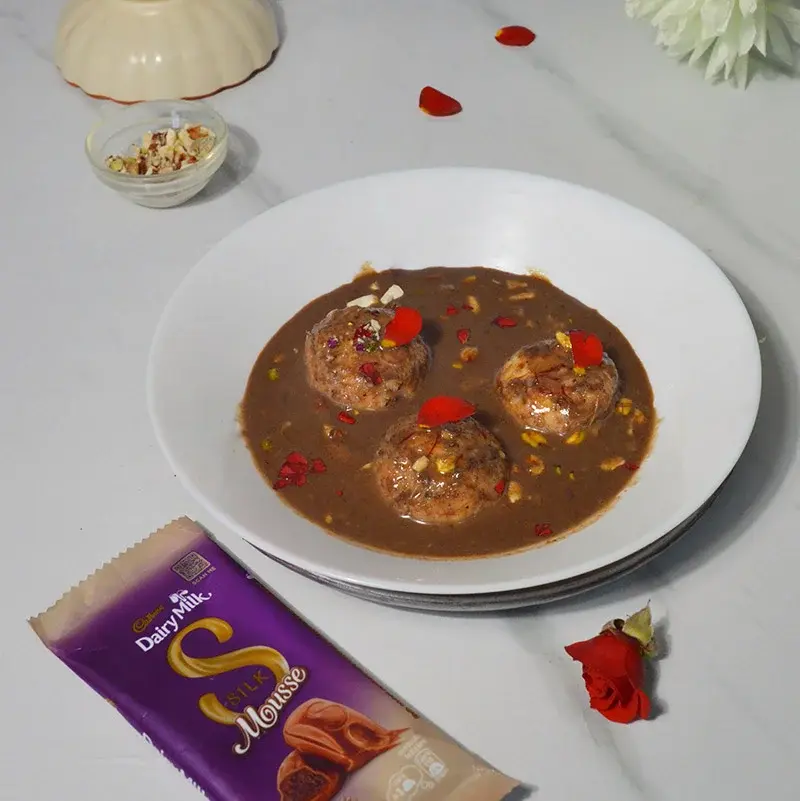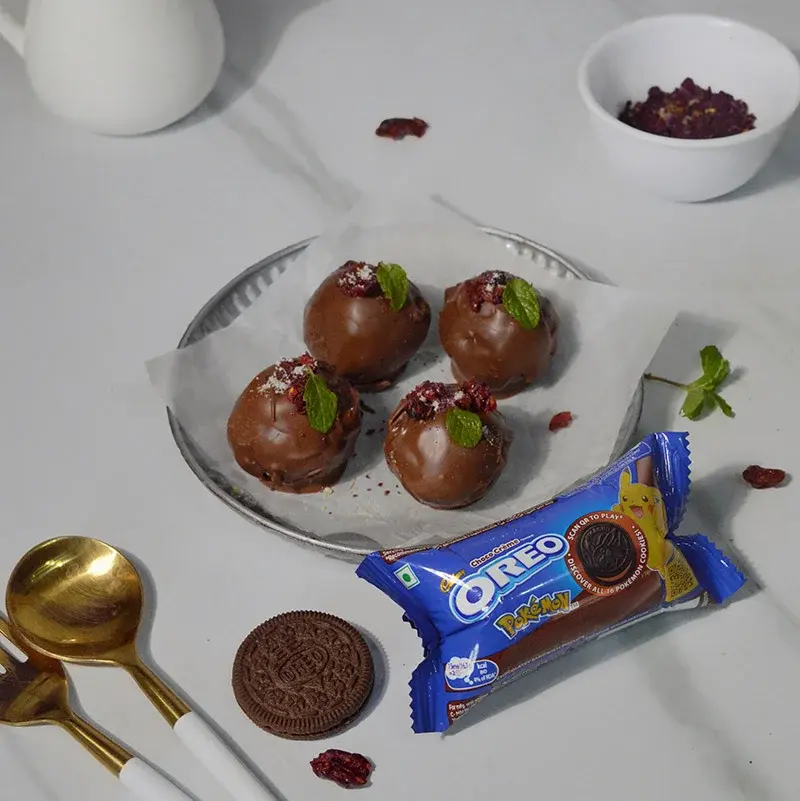Baking, a wonderful art, uses the entrancing abilities of baking powder and yeast as leavening agents to turn materials into sweets. Whether you are a novice or an expert, knowing and using these agents is essential to producing tasty and eye-catching dishes.

Baking is an art that turns ingredients into treats. At the core of this enchanting process are leavening agents. Yeast and baking powder, these humble ingredients are the heroes of baking, imparting fluffiness, lightness, and the perfect texture to baked goods. Let us embark on a journey to explore the role played by these leavening agents and how to effectively utilize their powers in the realm of baking.
The Alchemy of Baking: Unveiling Yeast and Baking Powder
Yeast: The Living Force Behind Leavening

For centuries, yeast has been a key component in bread making. This living organism plays a role in giving bread its texture and flavour. As yeast consumes sugars in flour, it undergoes fermentation, producing carbon dioxide and alcohol. The released carbon dioxide becomes trapped within the dough’s structure causing it to rise and expand. The result is a loaf of bread that is light airy and possesses a slightly tangy taste.
Harnessing the Power of Yeast
- Selecting the Appropriate Yeast: There are several types of yeast such, as active dry yeast, instant yeast, and fresh yeast. Each type of leavening agent has its characteristics and methods of usage.
- Optimal Temperature: Yeast thrives in temperatures typically ranging from 100°F to 110°F (37°C to 43°C). If it gets too hot, the yeast will die, while if it is too cold it will not activate.
- Proofing: This step involves dissolving yeast in water with sugar which helps "wake up" the yeast and ensure that it is alive and ready to leaven the dough.
- Kneading: Properly kneading the dough helps develop a network that is crucial for capturing the carbon dioxide produced by yeast.
- Rising Time: Allowing the dough to rise usually until it doubles in size is essential for developing both texture and flavour.
Baking Powder: The Chemical Leavener
Baking powder serves as a chemical leavening agent. Consists of a combination of acid (usually cream of tartar) and a base (baking soda). When these two ingredients encounter moisture, they react to produce carbon dioxide gas causing the dough or batter to rise. Unlike yeast, baking powder works without fermentation, making it ideal for breads, cakes, and cookies.
Mastering Baking Powder Usage

- Precise Measurement: Working with baking powder requires attention to detail, due to its nature. The amount of baking powder you use can affect the taste. Too much can make it bitter while too little will not give lift.
- Freshness is important: Baking powder loses its effectiveness as it gets old. To check if it is still good, mix a small amount with water. If it bubbles vigorously, it is still usable.
- Mixing Technique: Mixing the ingredients thoroughly is crucial to ensure rising and avoid any inconsistencies.
- Speed is Key: It is important to work quickly once you have added the baking powder to ingredients as it reacts rapidly. Make sure to bake the batter immediately.
The Harmony of Yeast and Baking Powder
In some recipes, you may come across a combination of both yeast and baking powder. This blend serves to achieve a texture or expedite the rising process especially when time is limited for yeast fermentation.
Few Recipes for Home Bakers:
1. Classic Yeast Bread:
Ingredients:
Active dry yeast, warm water, sugar, salt, vegetable oil, all-purpose flour.
Method:
Dissolve yeast in water with sugar. Add salt, oil, and flour. Knead the dough. Let it rise before shaping and baking at 375°F for 30 minutes.
2. Heavenly Chocolate Cake Recipe:
Ingredients:
All-purpose flour, sugar, unsweetened cocoa powder, baking powder, eggs, milk, vegetable oil and vanilla extract.
Here is how to make it:
Start by combining the dry ingredients. Then add the eggs, milk, oil, and vanilla. Beat everything together until you have a batter. Grease a pan. Bake at 350°F for around 30 to 35 minutes.
3. Fluffy Baking Powder Biscuits Recipe:

For this recipe gather:
All-purpose flour, baking powder, salt, shortening (like butter or margarine) and milk.
Here is how to make them:
Mix the flour with baking powder and salt. Cut in the shortening until its well incorporated. Add the milk. Stir until a dough forms. Knead the dough lightly before rolling it out. Cut rounds out of the dough. Bake in an oven preheated to 450°F for 10 to 12 minutes.
In the end whether you choose yeast or baking powder as your leavening agent of choice in your recipes is entirely up to you! Remember that every step you take in your baking journey adds a touch of creativity and love to your creation.
Conclusion:
The Artistry and Science Behind Leavening Agents
Baking with yeast or baking powder is not about following instructions; it is an art form that combines creativity with precision. It is all about grasping the qualities of each leavening agent and mastering their application to craft baked goods those are not only a delight for the taste buds but also visually appealing. The real magic lies in how these agents work their wonders, transforming ingredients into creations that rise beautifully and bring delight.
Whether you are a beginner or an experienced baker, it is important to understand the significance of these leavening agents. Recognizing their functions and learning to utilize them effectively is crucial for baking. It is a journey of experimentation, learning from mistakes and achieving triumphs. So, the next time you Savor a fluffy cake or sink your teeth into a crusty loaf of bread, remember the exceptional blend of science and artistry behind it all—thanks to the incredible powers bestowed upon us by yeast and baking powder.
Like This Article?
More Like This
Popular Articles





Trending Web Stories
Curated Recipes
















